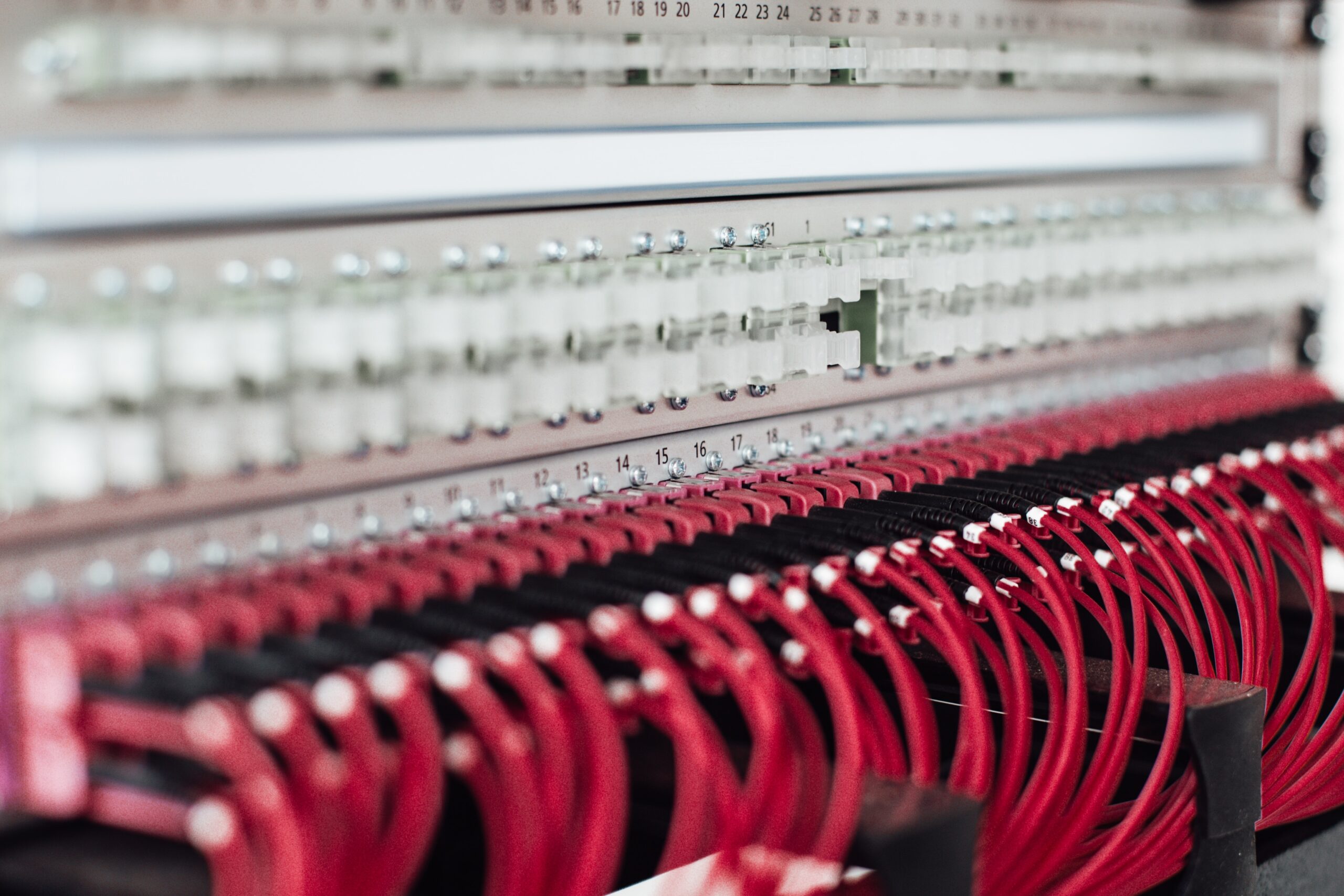
Fiber vs. Copper Cabling: Which Is Right for Your Business?
This one is written to engage both small business owners and facility managers in Georgia who are evaluating upgrade options — and it naturally promotes Progressive Cabling’s expertise in both copper and fiber installations.
Fiber vs. Copper Cabling: Which Is Right for Your Business?
When it comes to building or upgrading your company’s network, one of the most common questions is: Should we use fiber optic cabling or copper cabling?
Both types of cabling have their place in modern infrastructure, but the best choice depends on your specific business needs, facility size, and performance goals.
At Progressive Cabling, we install both fiber optic and copper (Cat6/Cat6a) cabling across Atlanta, Cobb County, Rome, and surrounding areas, helping businesses of all sizes design efficient, scalable, and future-ready networks.
If you’re wondering which is right for your organization, let’s break down the key differences, advantages, and ideal use cases for each.
Understanding the Basics
Copper Cabling
Copper cabling — including Cat5e, Cat6, and Cat6a — uses electrical signals to transmit data between devices. It’s been the standard in commercial networking for decades and remains widely used for local area networks (LANs), office connections, and access point installations.
Fiber Optic Cabling
Fiber optic cabling uses light instead of electricity to transmit data through strands of glass or plastic. This allows information to travel at significantly higher speeds and over longer distances without signal loss or interference.
Both technologies are reliable, but their differences can make one a better fit than the other depending on your environment and connectivity goals.
Speed and Bandwidth
Fiber optic cabling offers unmatched speed and bandwidth capacity. It can handle massive data loads and transfer information at nearly the speed of light.
In contrast, copper cabling (like Cat6 or Cat6a) is still fast and perfectly adequate for most small to mid-sized businesses but has limitations in bandwidth over longer distances.
Winner: Fiber – ideal for high-demand environments such as large offices, data centers, or warehouses with multiple devices streaming, uploading, and transferring data simultaneously.
Distance and Signal Integrity
Fiber optic cables maintain signal strength over miles, while copper cabling typically maxes out around 300 feet before performance drops.
For businesses that need connectivity between multiple buildings or across large facilities, fiber is the superior choice. However, for shorter runs inside offices or retail spaces, copper cabling remains cost-effective and practical.
Winner: Fiber for long-distance; Copper for local connections.
Reliability and Interference
Copper cabling is more susceptible to electromagnetic interference (EMI) and environmental factors such as temperature changes, humidity, or nearby electrical wiring.
Fiber optic cabling, on the other hand, is immune to EMI and provides consistent, stable performance — even in industrial environments or high-density data applications.
Winner: Fiber – especially in warehouses, healthcare facilities, and manufacturing plants.
Installation and Cost
Copper cabling is typically less expensive to install and easier to maintain, making it ideal for smaller networks or budget-conscious projects.
Fiber optic cabling requires specialized tools and technicians, which can increase upfront installation costs — but it delivers long-term savings through better reliability, lower maintenance, and longer lifespan.
Winner: Copper for short-term affordability; Fiber for long-term value.
Security
In an age where cybersecurity is more critical than ever, fiber has a clear advantage. Because it transmits data through light instead of electrical signals, it’s nearly impossible to tap without physically damaging the line — making it a much more secure medium for sensitive information.
Winner: Fiber – especially for financial, legal, or healthcare organizations handling confidential data.
Flexibility and Scalability
If your business is growing fast or upgrading to cloud-based systems, fiber optic cabling provides the scalability you’ll need. It can easily handle future increases in bandwidth demands, whereas copper may eventually require replacement or supplementation.
That said, a hybrid approach — using fiber as the backbone and copper for local connections — often delivers the best of both worlds.
Winner: Both – depending on your layout and growth plans.
The Hybrid Solution: Fiber Backbone + Copper Network
For many Georgia businesses, the most effective and cost-efficient option is a hybrid network.
Fiber serves as the backbone, connecting server rooms, data centers, and key network hubs across long distances.
Copper cabling connects local workstations, access points, and devices within each office or floor.
This combination delivers high-speed performance while keeping installation costs reasonable — and Progressive Cabling specializes in designing these integrated systems.
Why Georgia Businesses Trust Progressive Cabling
From Atlanta offices to Rome warehouses and Cobb County schools, Progressive Cabling delivers:
Expert installation of fiber, Cat6, and Cat6a cabling systems
Organized, code-compliant, and future-ready networks
Hybrid system design for optimal cost and performance
Certified technicians for both copper and fiber installations
Ongoing maintenance, testing, and troubleshooting services
Our goal is to provide you with a network that meets today’s demands and tomorrow’s possibilities — without unnecessary complexity or downtime.
Upgrade Your Network with the Right Cabling Solution
Whether your business needs fiber optic speed, copper cabling efficiency, or a hybrid design, Progressive Cabling has the expertise to plan, install, and maintain the right system for you.
We proudly serve businesses across Atlanta, Cobb County, Floyd County, and all of Northwest Georgia, delivering reliable, high-performance cabling infrastructure.
Contact Progressive Cabling today to schedule a consultation and find out which cabling solution is best for your business.





